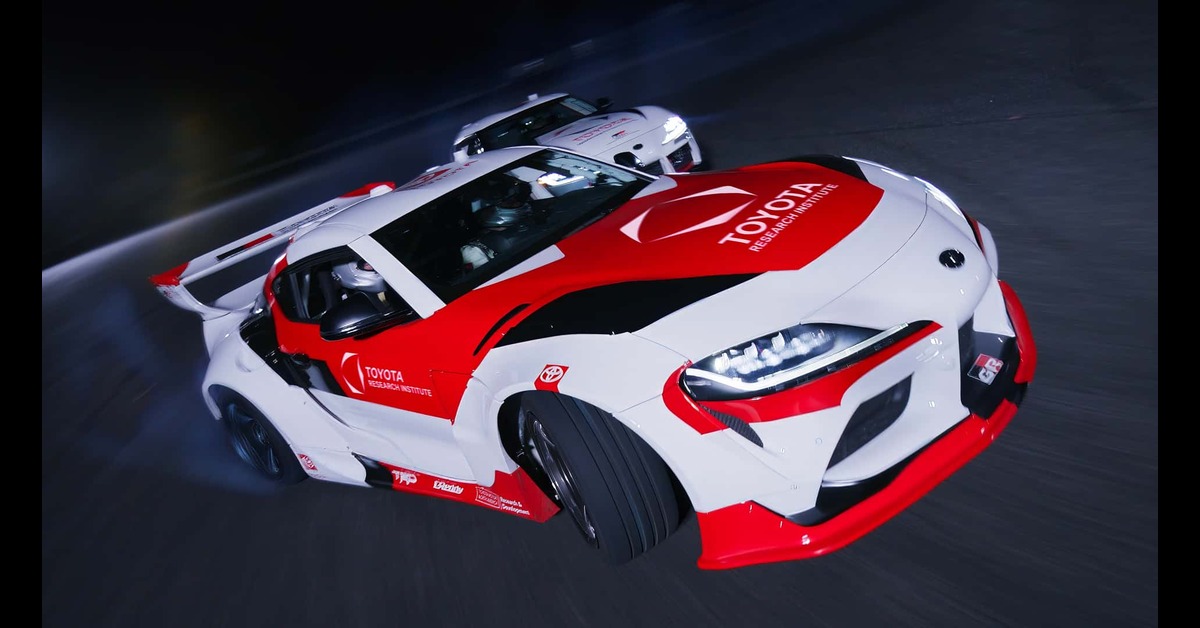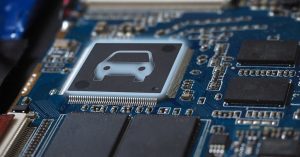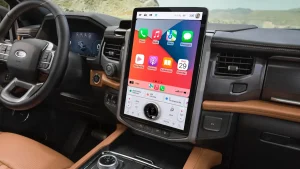In an impressive breakthrough, the Toyota Research Institute (TRI) and Stanford Engineering have accomplished a pioneering feat: the world’s first autonomously drifting sequence involving two cars in tandem. This success is the result of nearly seven years of intensive research and collaboration aimed at enhancing vehicle safety and performance.
Understanding the Relevance of Drifting in Vehicle Safety
While drifting is often associated with motorsports and entertainment, the underlying physics are critical for developing advanced vehicle safety systems. Drifting involves precise control of a vehicle while intentionally oversteering to cause the rear wheels to lose traction. This control is vital for navigating slippery conditions, such as those encountered on snow or ice.
By automating this complex maneuver, TRI and Stanford have demonstrated the potential to enhance vehicle safety systems significantly. The addition of a second car drifting in tandem simulates real-world scenarios where vehicles must rapidly respond to dynamic environments, including interactions with other vehicles, pedestrians, and cyclists.
AI and Advanced Control Systems at the Forefront
“Our researchers united with the common objective of making driving safer,” stated Avinash Balachandran, vice president of TRI’s Human Interactive Driving division. “Through cutting-edge AI, we’ve achieved autonomous tandem drifting, the most intricate maneuver in motorsports. This milestone demonstrates our capability to dynamically control cars at extreme limits, heralding significant advancements for future automotive safety systems.”
AI has been instrumental in this achievement. The development of a neural network tire model that learns from its experiences has enabled the AI to adapt to varying track conditions. “The physics of drifting parallel those a car might encounter on icy or snowy roads,” explained Chris Gerdes, professor of mechanical engineering and co-director of the Center for Automotive Research at Stanford (CARS). “Insights gained from this autonomous drifting project have already inspired new methods for safely controlling automated vehicles on ice.”
Engineering the Autonomous Drift
The experiments were carried out at Thunderhill Raceway Park in Willows, California, using two modified GR Supras. TRI’s focus was on creating robust control mechanisms for the lead car to ensure safe and repeatable runs. Stanford’s engineers developed AI models and algorithms for the following car, enabling it to dynamically adapt to the lead car’s movements and drift alongside it without collisions.
The modifications to each car, overseen by GReddy and Toyota Racing Development (TRD), included enhancements to suspension, engine, transmission, and safety features. Equipped with advanced computers and sensors, the vehicles could control steering, throttle, and brakes while monitoring various motion parameters. Both cars communicated through a dedicated Wi-Fi network, allowing for real-time data exchange and synchronization.
The Science of Autonomous Tandem Drifting
To achieve autonomous tandem drifting, the vehicles needed to continuously plan their steering, throttle, and brake commands, along with their intended trajectories, using a technique called nonlinear model predictive control (NMPC). Each vehicle’s objectives were mathematically represented as constraints. The lead vehicle aimed to maintain a drift along a desired path within the limits of physics and hardware capabilities. The following vehicle’s goal was to drift in tandem with the lead car while avoiding collisions.
By solving and re-solving optimization problems up to 50 times per second, the vehicles determined the optimal commands to meet their objectives while adapting to rapidly changing conditions. AI played a crucial role in this process, continuously training the neural network with data from previous tests to improve performance.
Implications for the Future of Autonomous Driving
This innovative project not only highlights the potential of AI and advanced control systems in motorsports but also sets the stage for significant advancements in autonomous driving technology. Mastering extreme vehicle control dynamics is a critical step toward developing safer, more responsive automated driving systems.
Looking ahead, the insights gained from this autonomous drifting project will likely influence the design and implementation of advanced driver assistance systems (ADAS) and autonomous vehicles. The ability to control cars dynamically under extreme conditions opens up new possibilities for enhancing vehicle safety and preventing accidents in challenging driving scenarios.
Muizz Technology, with its dedication to AD/ADAS development and virtual verification, recognizes the importance of such pioneering research. By incorporating these cutting-edge advancements into our projects, we aim to contribute to a safer, more efficient future for automated driving.
Conclusion
The successful demonstration of autonomous tandem drifting by TRI and Stanford Engineering marks a pivotal moment in the journey toward safer driving. Through the intelligent application of AI and advanced control systems, we are approaching a future where vehicles can navigate even the most extreme conditions with precision and safety. At Muizz Technology, we celebrate this achievement and remain committed to driving innovation in the field of autonomous driving.







